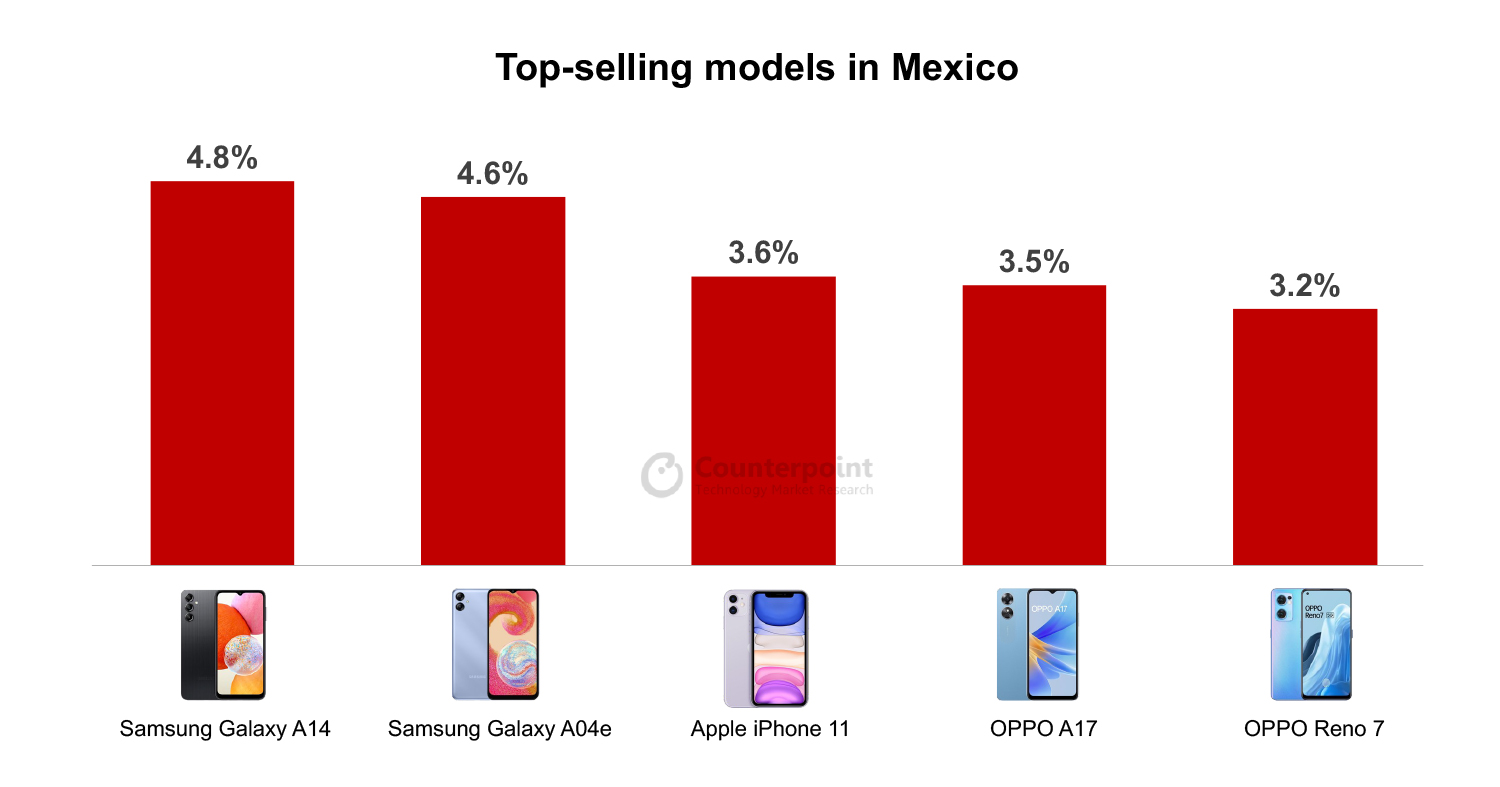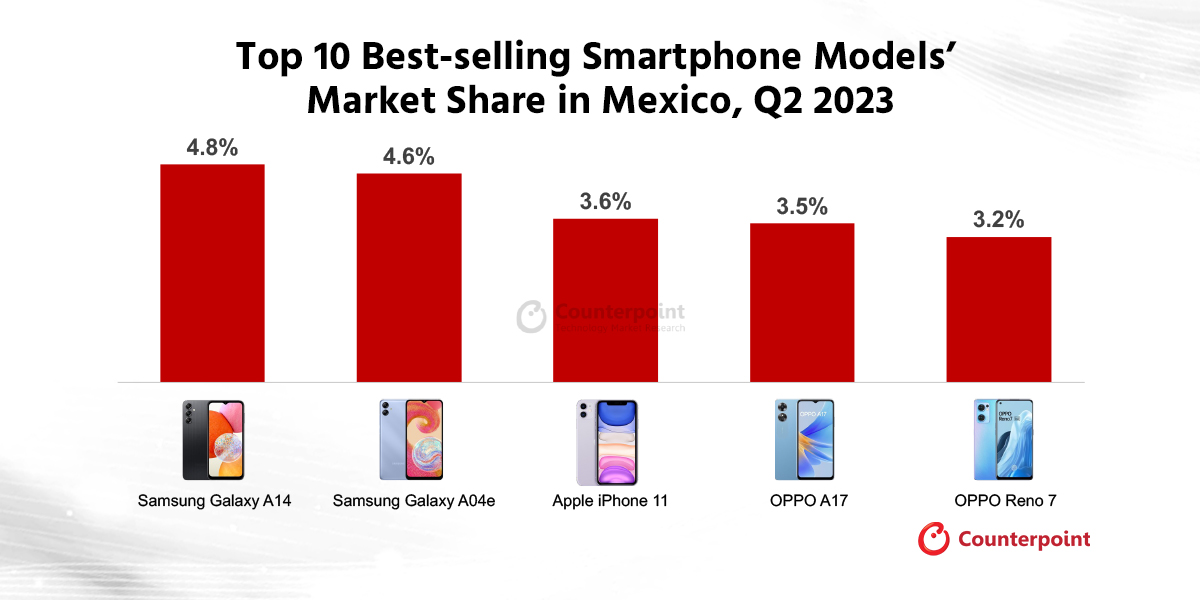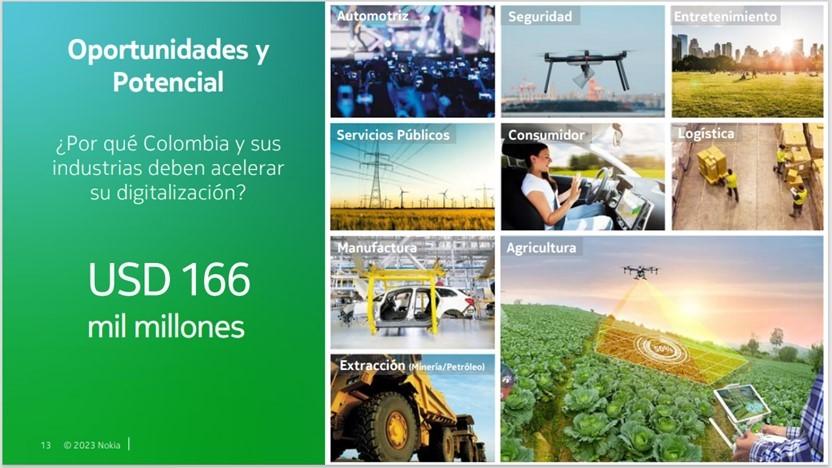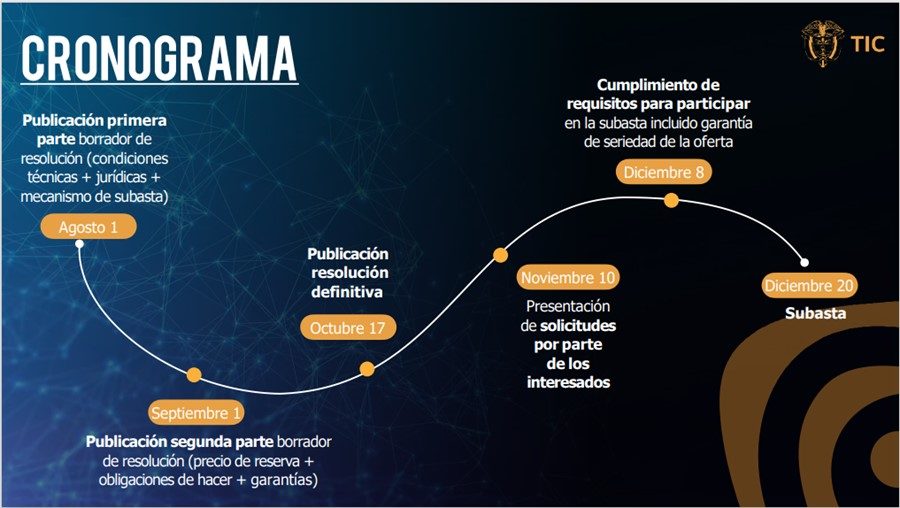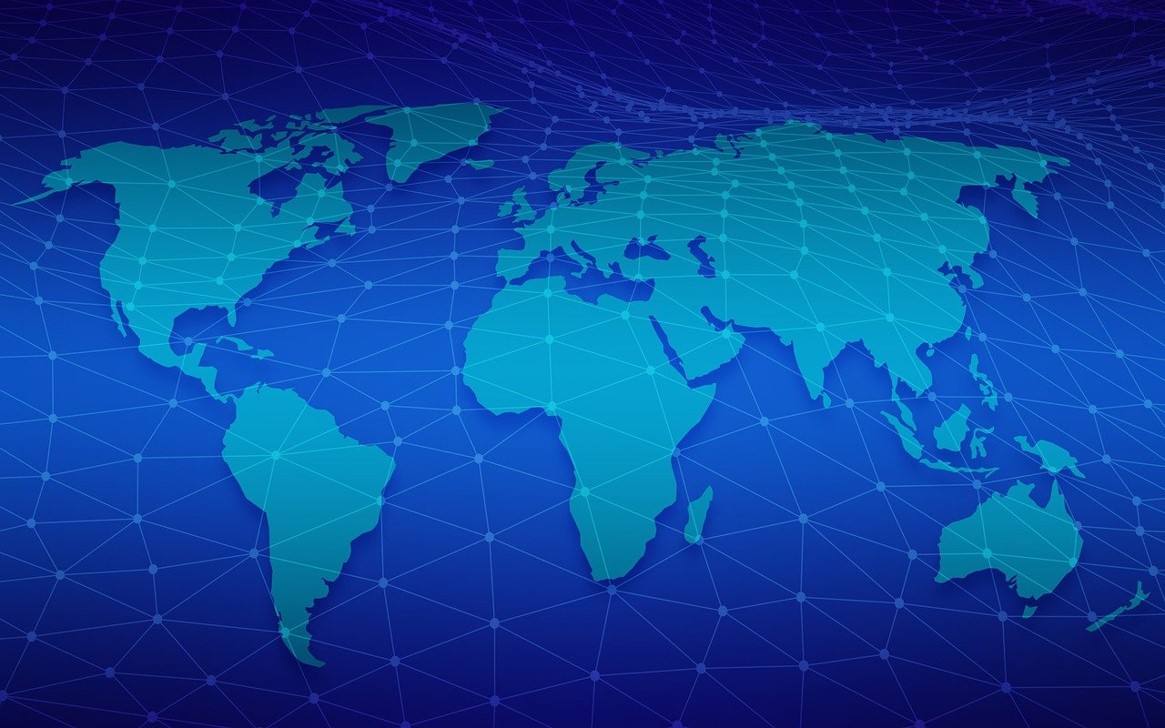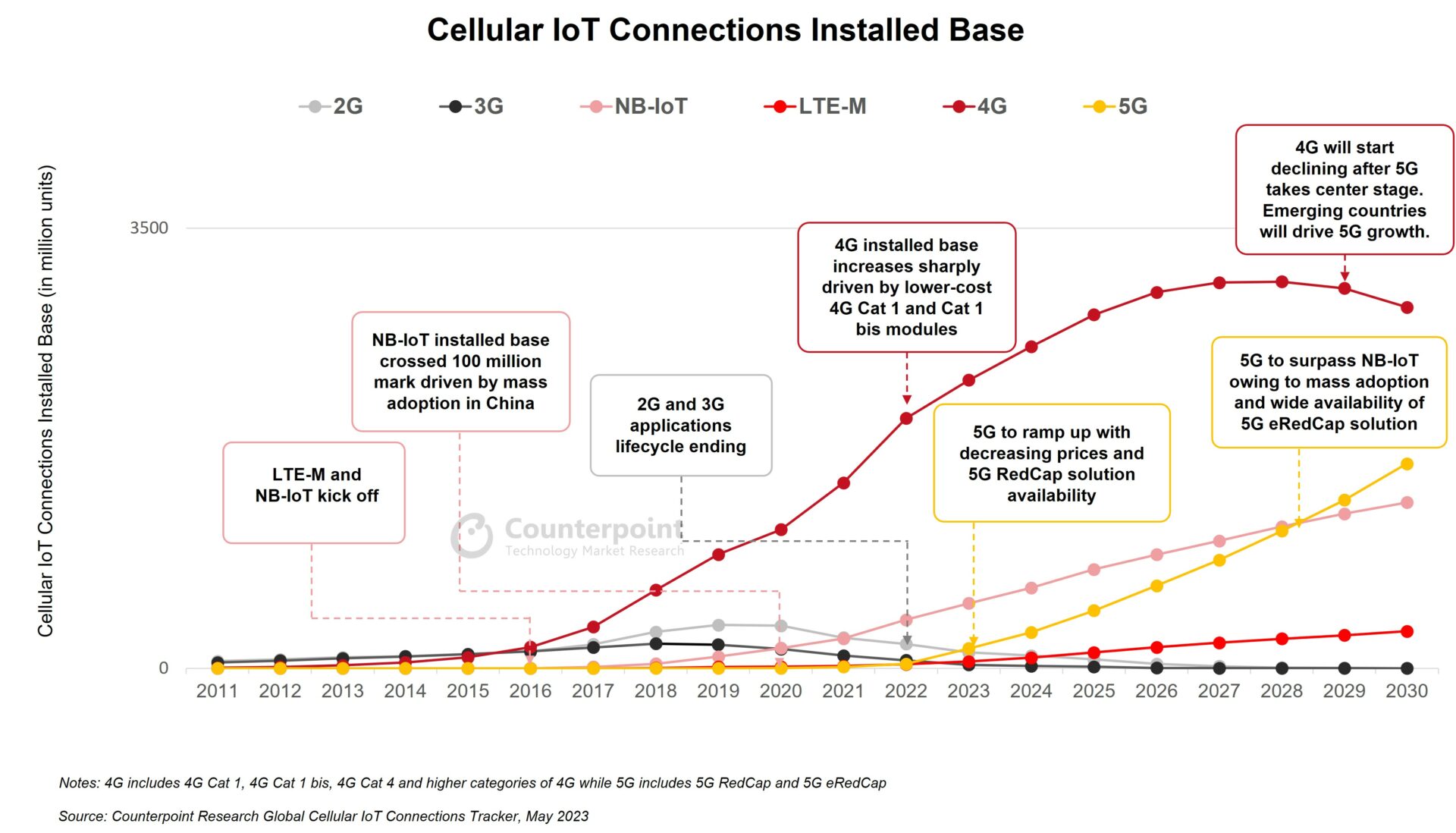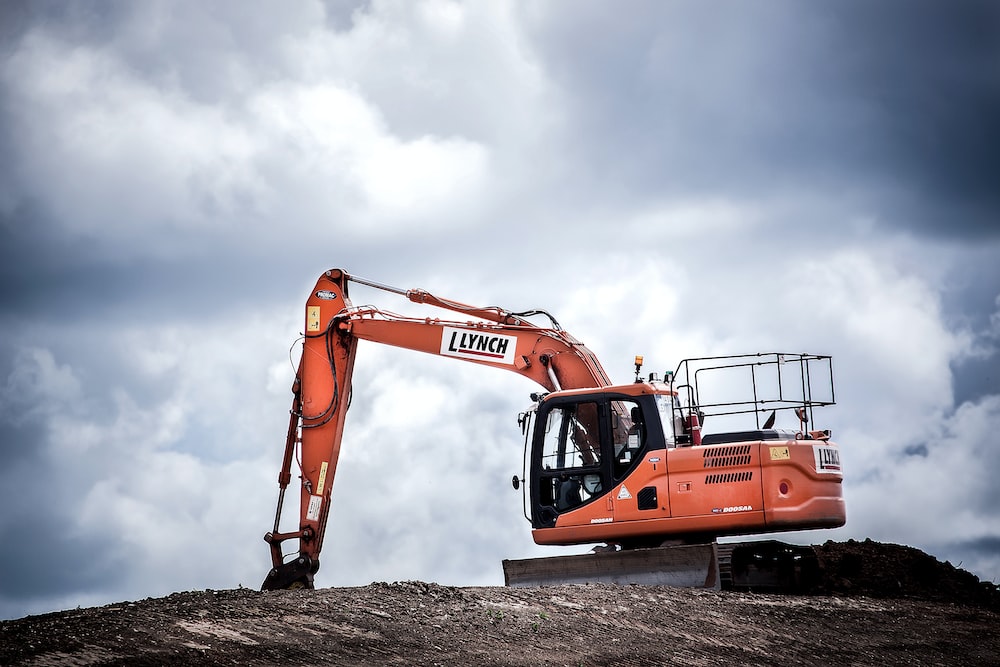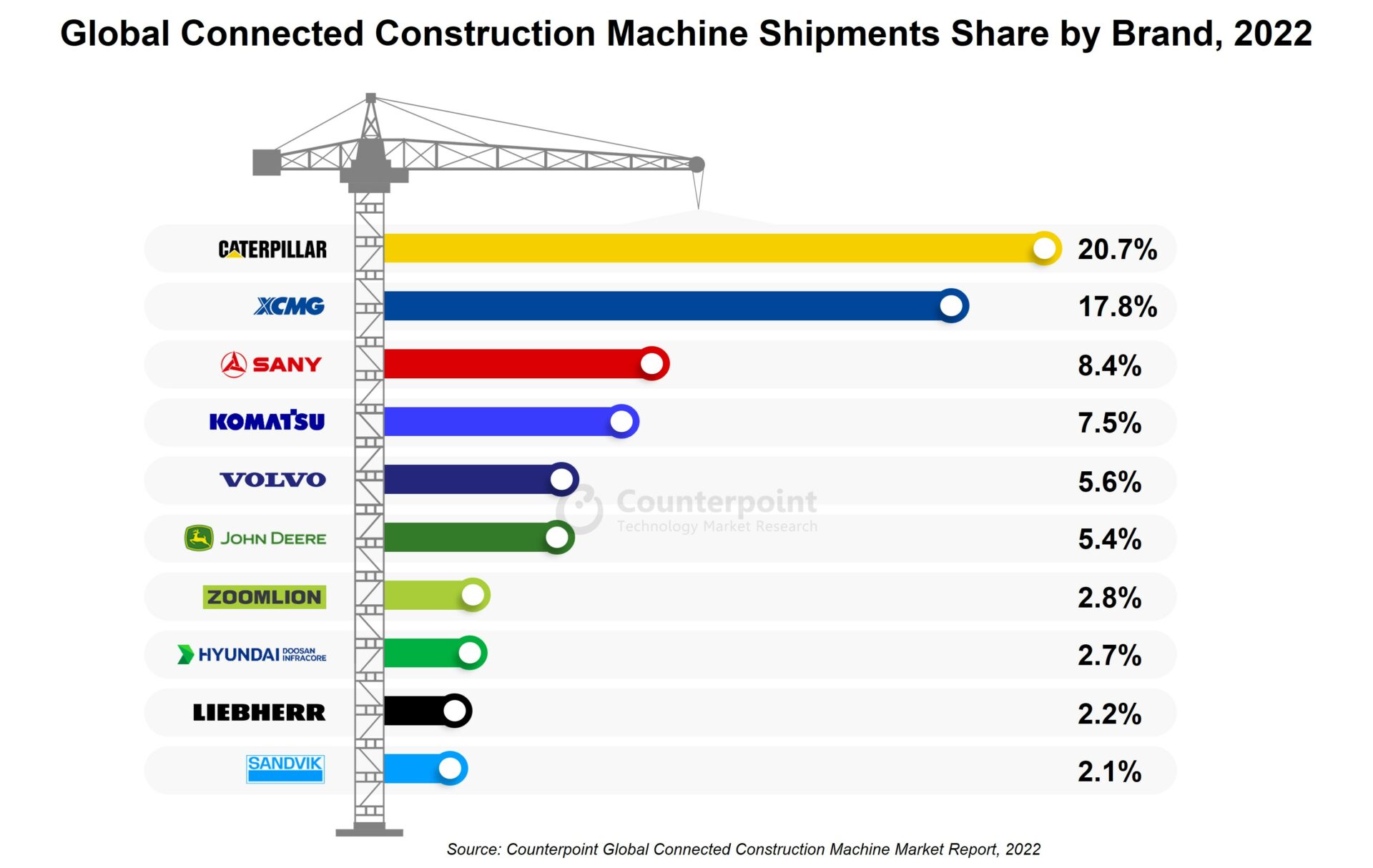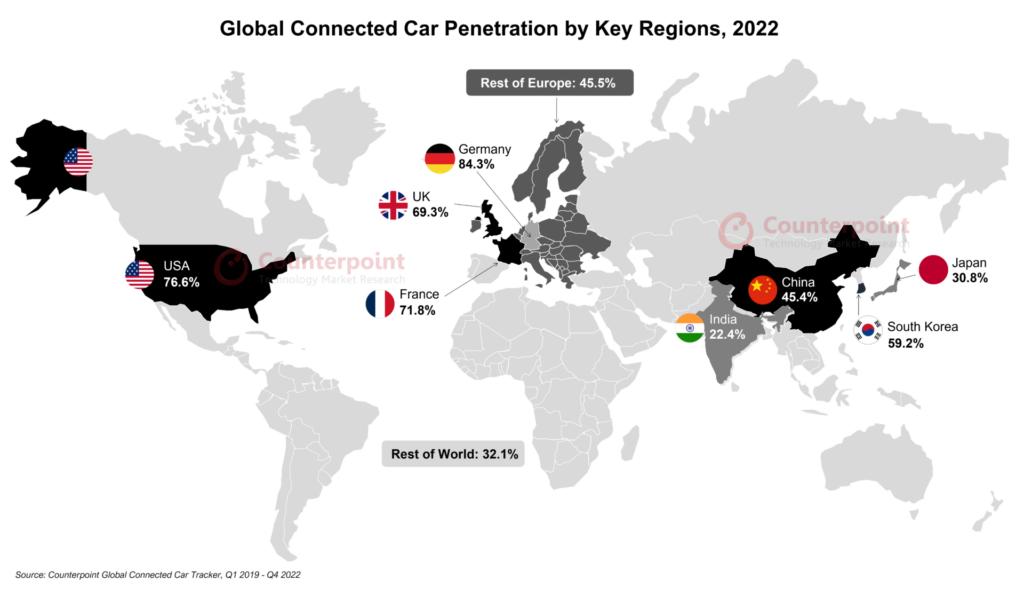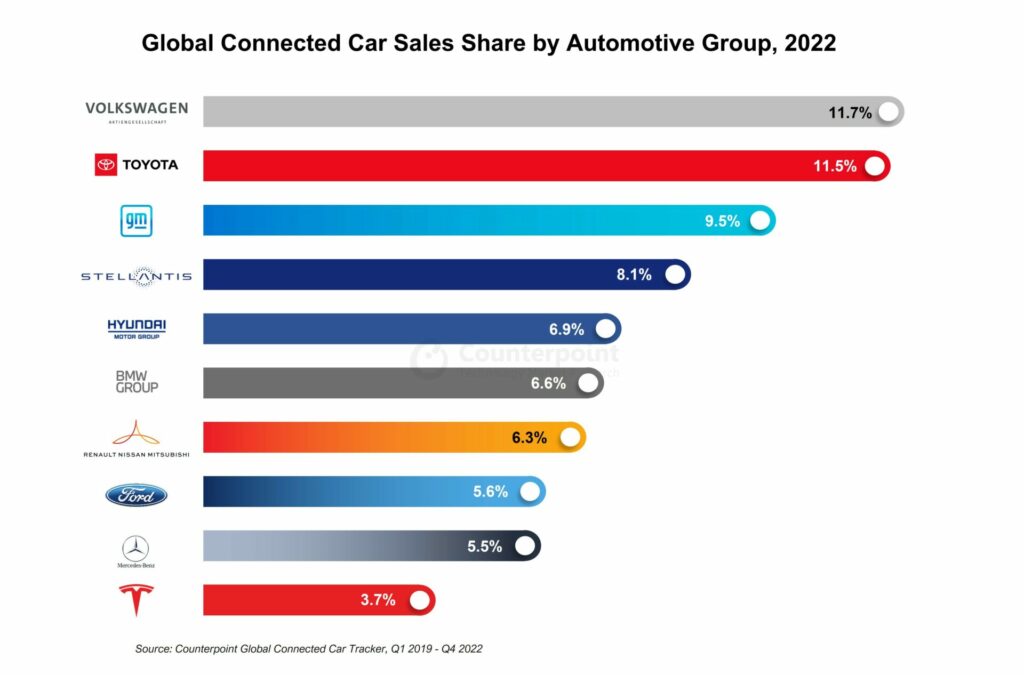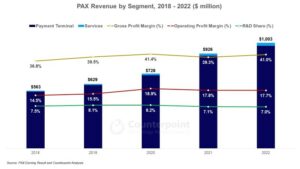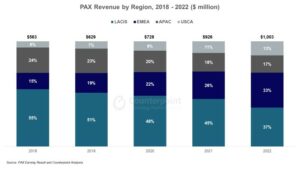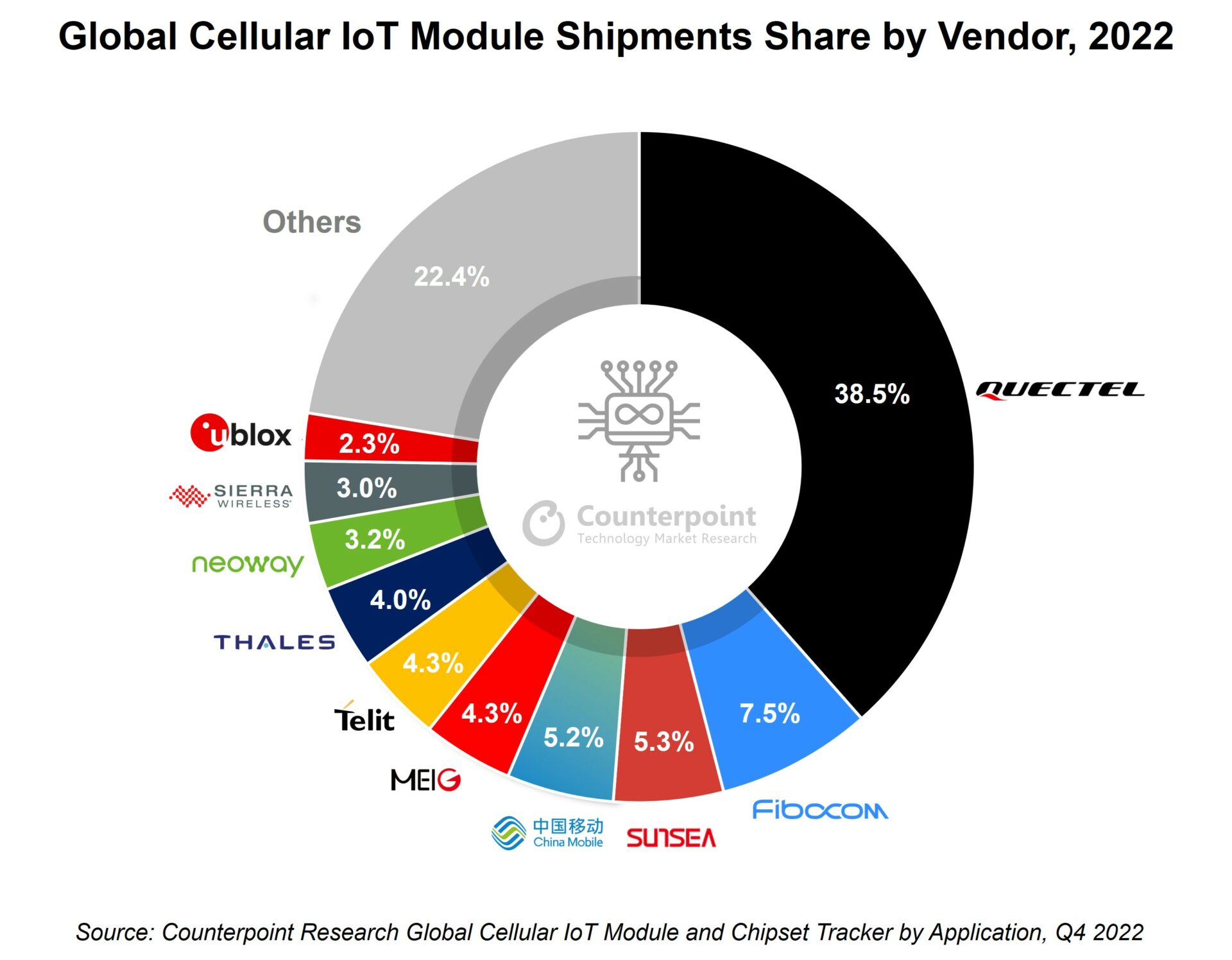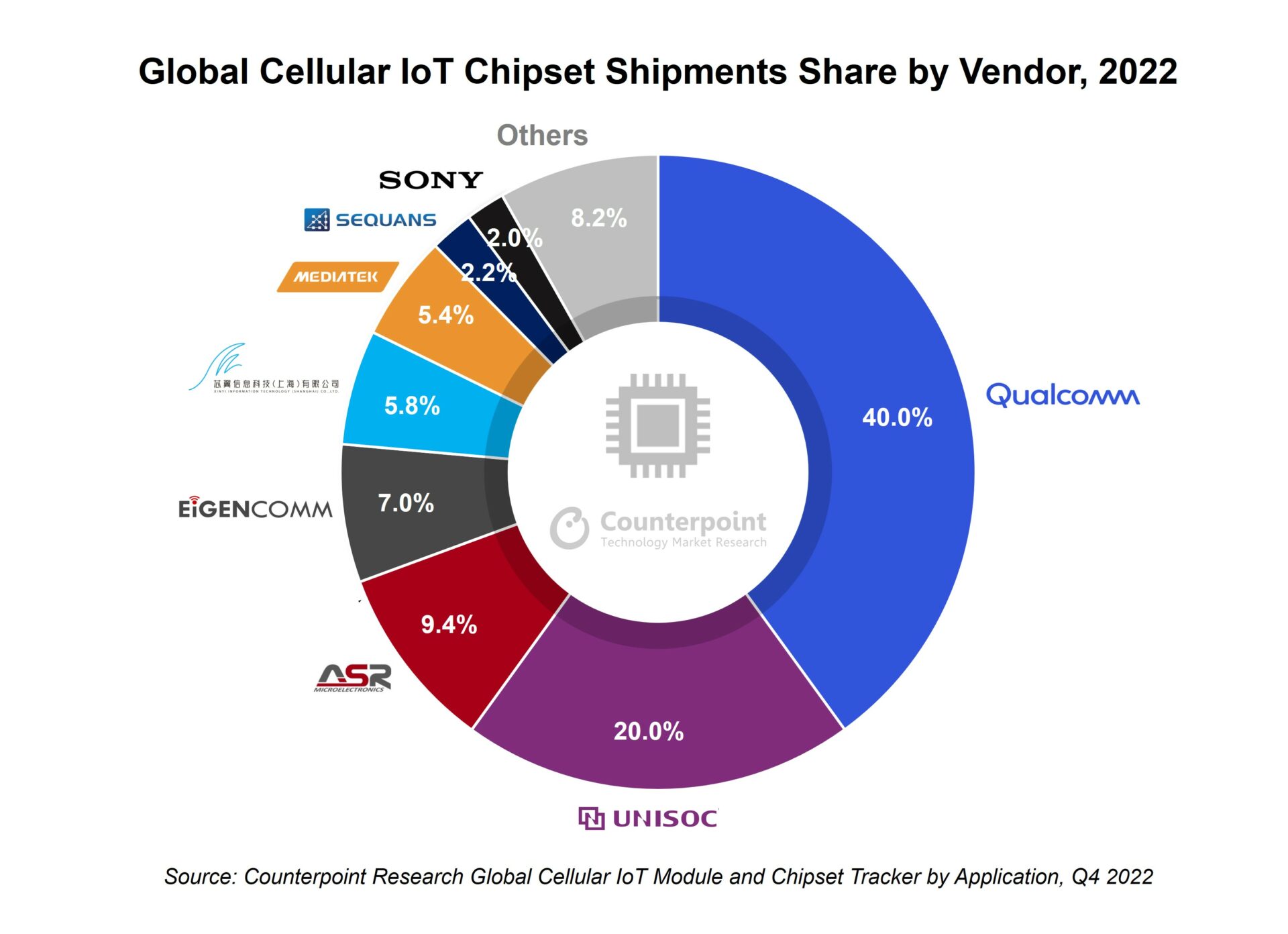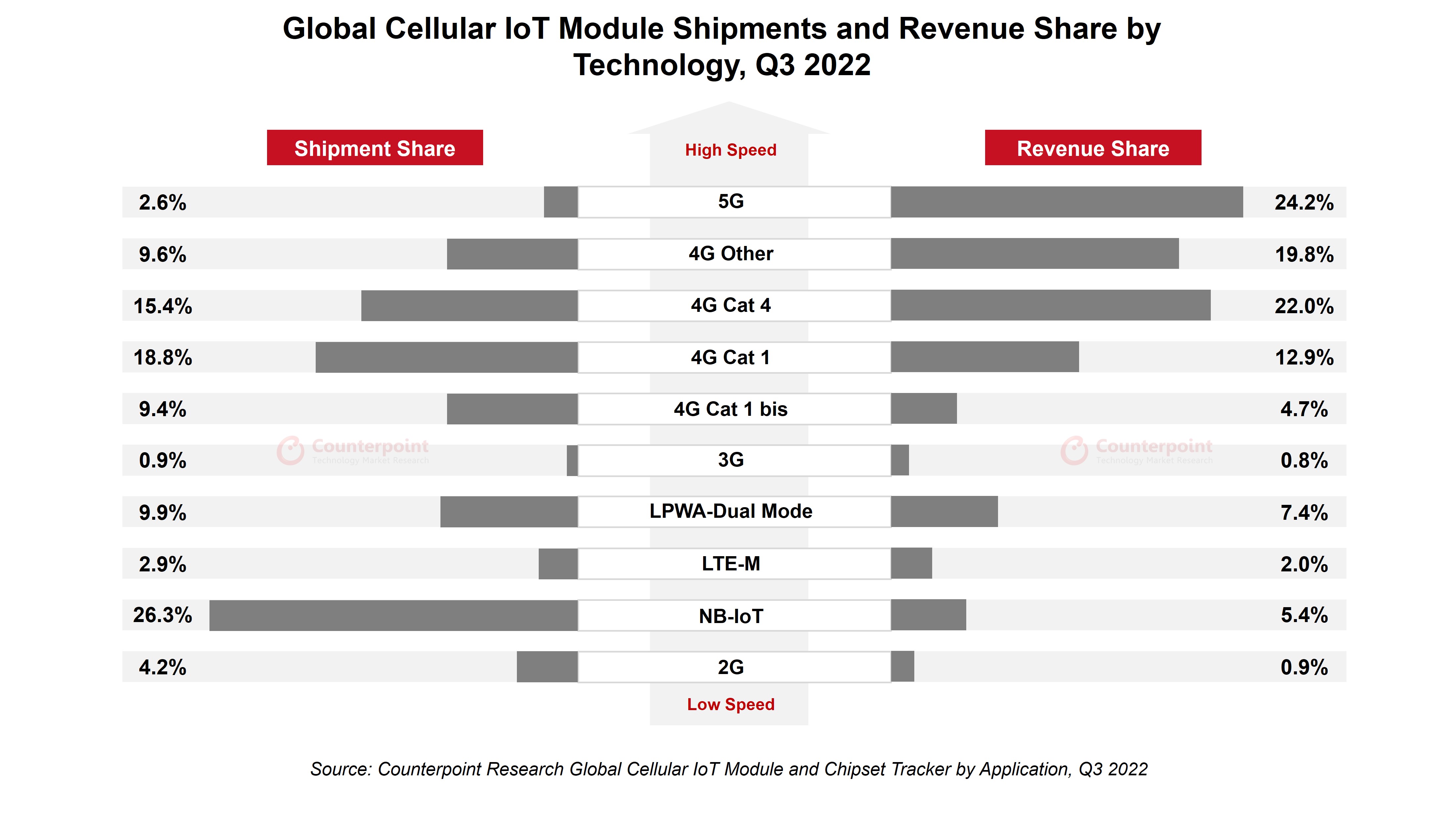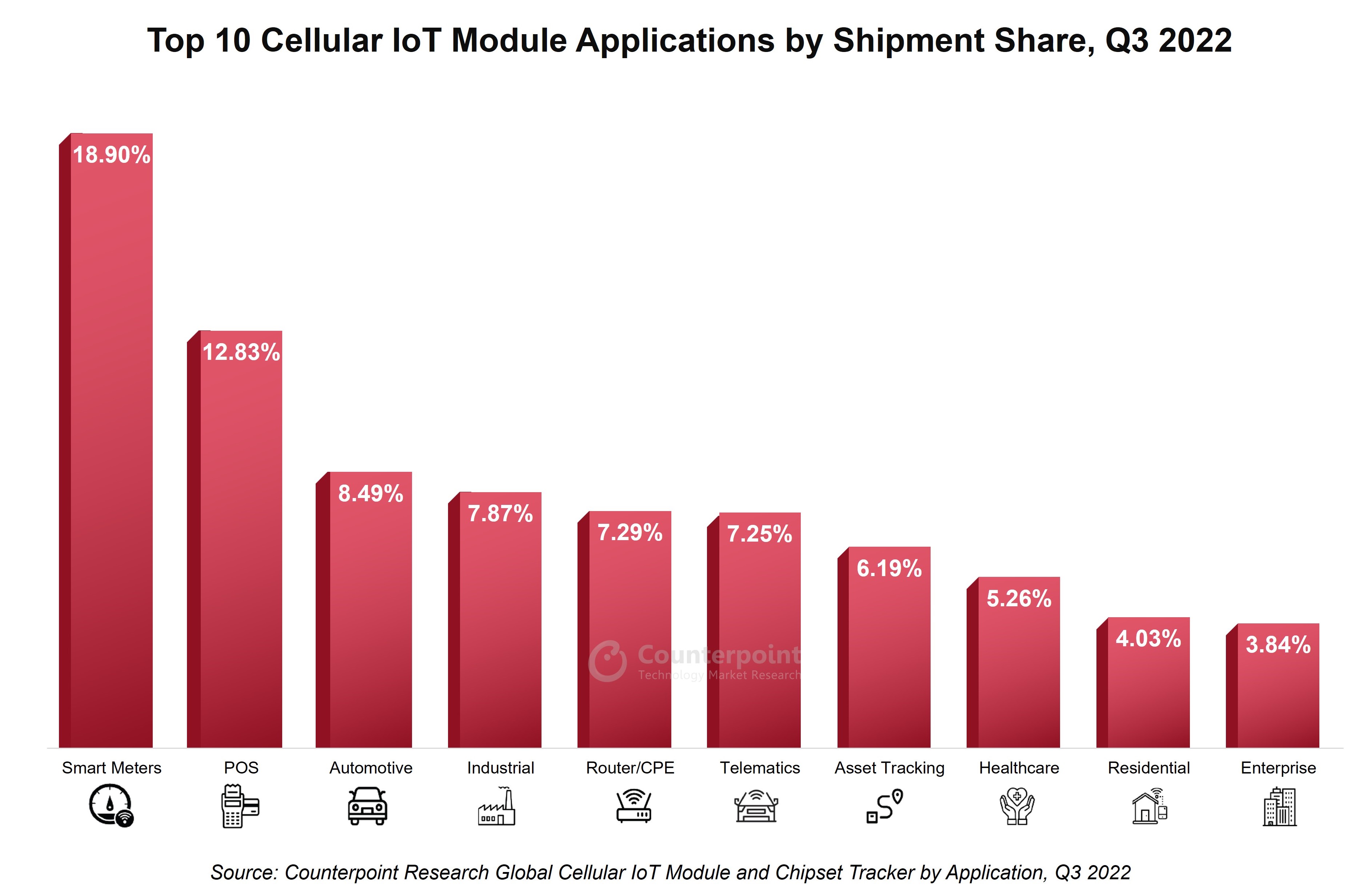Qualcommunveiled the next-genSnapdragon 8 Gen 2mobile platform at its annualSnapdragon Summit 2022event on the beautiful Hawaiian island of Maui. The new and improved Qualcomm SoC aims to deliver smart and intelligentAIexperiences across different domains – from performance to photography and connectivity. Below is our quick summary and analysis of Qualcomm’s Day 1 announcement.
AI takes centerstage with Snapdragon 8 Gen 2
A big part of the keynote presentation focused on the new AI experiences that the mobile platform offers. It starts with the new Qualcomm AI Engine featuring the Hexagon Processor and the Sensing Hub. Previous iterations of application processors used different elements within the SoC to perform some AI computation, but the Hexagon Processor was the main AI driver. This could lead to a lack of processing capacity. With 8 Gen 2, Qualcomm is distributing AI processing capability throughout the SoC as well as making the Hexagon Processor more powerful and efficient. The net is substantial inference performance gains while improving power efficiency.
There are several firsts that Qualcomm is bringing to the Hexagon Processor –
- A dedicated power delivery system.
- The architecture features a new micro tile interfacing and a large tensor accelerator offering up to 4.35X performance improvement,
- INT4 support on mobile with 60% per/watt performance improvements.
Qualcomm says the performance boost enables faster natural language processing, multiple language translations, and advanced AI-powered camera features. The new Integer 4 precision (INT4) will allow OEMs to shrink AI models while increasing AI inferencing speed by up to 90%.
Talking about the Sensing Hub, it now has 50% more memory and offers a 2X jump in AI performance. Together with a Dual AI processor, the Sensing Hub controls several AI functions that include:
- Different sensors (ambient light, gyroscope, accelerometer, and more).
- Voice/audio – like the wake word such as Alexa, Hey Google.
- Connectivity – including Wi-Fi, GPS, and Mobile Data.
- Always-sensing camera for gesture detection, face recognition, eye-detection, Iris Authentication, and more.
All this processing is happening on the device and is safeguarded with Snapdragon Secure. There are key features such as near-face detection to turn the screen on or off, depending on whether you are looking at it or not. When the sensor detects other persons in the vicinity, it will hide notifications, thus keeping your conversations and alerts secure. Lastly, there is also liveness detection for face authentication, which can tell the difference between a real face vs fake one, thus making your smartphone more secure. Qualcomm trusted execution environment does all the analysis before unlocking the device, and all camera data is protected within the environment.
5G AI processor, faster Wi-Fi 7 connectivity
Qualcomm is bringing an advanced 5G platform with improvements across5G, Wi-Fi and Bluetooth. The new SoC is powered by a Snapdragon X70 5G modem-RF system along with a 5G AI processor. This AI processor optimizes critical network parameters in real-time, such as channel state feedback, antenna tuning, mmWave beamforming, latency, and more, all this while saving battery life. The chipset includes support for dual-SIM, dual-active 5G+5G/4G support. It can offer peak download speeds up to 10Gbps, and peak upload speeds up to 3.5Gbps.
The Qualcomm FastConnect 7800 connectivity system also bringsWi-Fi 7, first to the mobile platform, with 2X peak download speeds up to 5.8Gbps, and latency under 2ms. Lastly, there is also dual Bluetooth technology offering 2X connection range while consuming 50% less power.
Snapdragon Sight: AI photography to capture beautiful memories
The Snapdragon 8 Gen 2 SoC is fine-tuned to support new image sensors and deliver advanced photography experiences. Qualcomm is working closely withSamsungto optimize the ISOCELL HP3 200MP image sensor for the Snapdragon platform. It will enable users to click photos with rich details, in full 200MP resolution, 50MP binned, and 12.5MP binned images in low light. But that’s not all, Qualcomm is also working withSonyto develop quad digital overlap HDR technology for video recording and bringing optimized support for the newer sensors. The 8 Gen 2 is also the first Snapdragon chipset to include AV1 codec and 8K HDR video playback support for up to 60fps.
The biggest highlight ofSnapdragon Sight认知的ISP将实时semant吗ic segmentation for enhanced photography and videography experience. The AI story continues here too, where the neural network is contextually aware of faces, people, grass, trees, clothing, and accessories. It will apply AI photo editing in real time while capturing photos and videos. For instance, if you are wearing shades or glasses, it can detect them, and remove the reflection. The AI can boost the colors of the sky, flowers, and much more.
Snapdragon 8 Gen 2: Key specifications
The new SoC is built byTSMCon its4nmprocess node. Qualcomm says the newKryo CPUis35% fasterand up to40% more power efficient. It still comes with an eight-core tri-cluster CPU, but there is a slight change this time around. Instead of one-three-four, you now have a one-four-three configuration. Basically, Qualcomm has added an extra performance core and reduced one efficiency core.
In a nutshell, the Snapdragon 8 Gen 2 comes with:
- OneCortex-X3prime core clocked at 3.2GHz.
- Two Cortex-A715&two Cortex-A710performance cores clocked at 2.8GHz (two microarchitectures to support 64-bit and legacy 32-bit apps).
- ThreeCortex-A510efficiency cores clocked at 2.0GHz.
在图形方面,与新促GPU战comm claims to offer a 25% boost in performance and 45% better power efficiency. There is also support for Vulkan 1.3 with up to a 30% performance boost. The GPU also supports HDR Vivid (which is China’s HDR standard) for producing richer colors and image details. Lastly, there is also something new calledOLED aging compensationwhich could help solve the screen burn-in issue, especially now that most of us spend more time on our devices consuming different types of content.
在游戏方面,高通已经改善the Snapdragon Elite Gaming features, and the latest addition isreal-time hardware-accelerated ray tracing. The company says this helps in delivering life-like reflections, lights, and illuminations when playing mobile games, thus elevating the overall experience. There is also a partnership with Unreal for mobile-optimized support to offer detailed, photorealistic human characters in games. Snapdragon Ray Tracing features will be available on smartphones from OEMs likevivo,HONOR,OPPO,ASUS, and others. Qualcomm has also partnered with game developers such as Tencent and NetEase Games among others to enable these features.
Snapdragon Sound with Spatial Audio and head tracking
The personal audio space is growing, and the popularity ofTWSis on a rise as content consumption increases. With the new Snapdragon 8 Gen 2, Qualcomm is adding support for spatial audio with dynamic head-tracking to enable a premium and immersive surround-sound listening experience. You will now be able to stream music in48kHz lossless format, even on the new Bluetooth LE standard. And for gamers, the latency has been reduced to around 48ms.
OEM partners & expected timeline
The Snapdragon 8 Gen 2 mobile platform has secured design wins from several global OEMs, including ASUS, HONOR, Motorola,OnePlus, and OPPO. Even nubia and sub-brandREDMAGIC,Xiaomiand sub-brand Redmi, vivo sub-brand iQOO have committed to using the flagship Snapdragon chipset in their devices. During the Q4 earnings call, Qualcomm also confirmed that the upcoming Samsung Galaxy S23 series will go all-in with the Snapdragon 8 Gen 2 SoC. Clearly, there’s a lot to look forward to, and the first commercial devices powered by the latest mobile platform are expected by the end of 2022.
Related Posts
-
-
-
